The 1930s
This era saw the introduction of colour films and an end to those wonderfully innovating silent movies. It serves, somewhat arbitrarily, as the first decade for our developing catalogue although the genre wasn't particularly well-defined at the time. Many of the films used basic science fiction plots or characters such as mad scientists, but they more closely resembled the horror or detective genres.
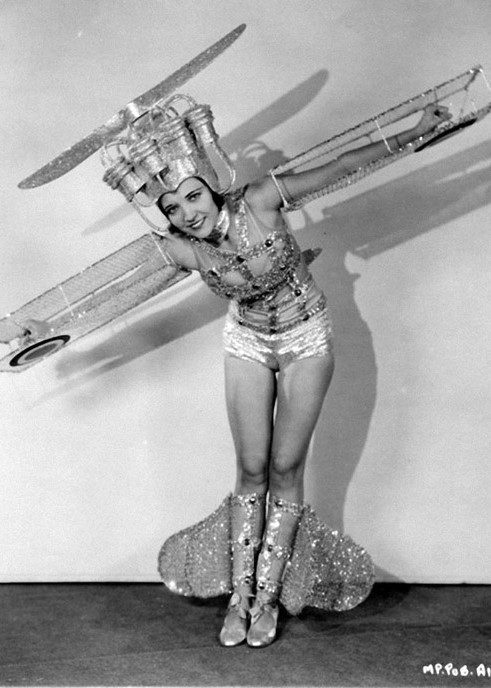
LN-18 played by Maureen O'Sullivan
To start with, there's Loo Loo and her twin Boo Boo (no, honestly) in Just Imagine (1930), played by Joyzelle Joyner, although Maureen O'Sullivan also featured in the film, playing as LN-18. Now a number is a really good name for a sci-fi babe, right ? (number six, seven of nine etc...) For the uninitiated, Maureen is better known for her role as Jane in the early Tarzan films, and a real beauty! The film was set in the future - yes as far ahead as 1980, when we all had planes instead of cars!
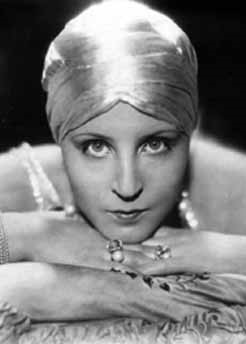
Alraune - Brigitte Helm
I didn't really go for Brigette Helm in Metropolis, but in Alraune (1930) she definitely hottened up as Alraune ten Binken. The film was a remake of the silent 1928 version (it was originally filmed in 1918 and again in 1952) and Alraune was a genetically-engineered woman, created by impregnating a lowly prostitute with a mandrake plant, which, legend had it, sprouted from the sperm of hanged prisoners.
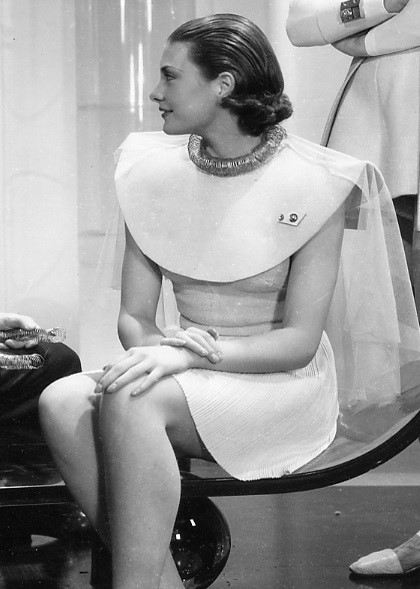
Rowena Cabal - Margaretta Scott
Take a good look at Margaretta Scott, who played two characters; Roxana Black (now that is a proper sci-fi babe name) and the gorgeous Rowena Cabal, known just as Rowena, in Things to come (1936), based on H.G. Wells' work, "The shape of things to come". Rowena is pictured here, and she is my personal choice for the hottest sci-fi babe of the 1930s.

Bride of Frankenstein - Ella Lanchester
The Bride of Frankenstein (1935) is a legitimate sci-fi film, and who can forget Ella Lanchester's iconic hair-do as the monster's bride? Not too sure about the babe part though, although at least Dr Frankenstein did a better job with her than he did with the monster!
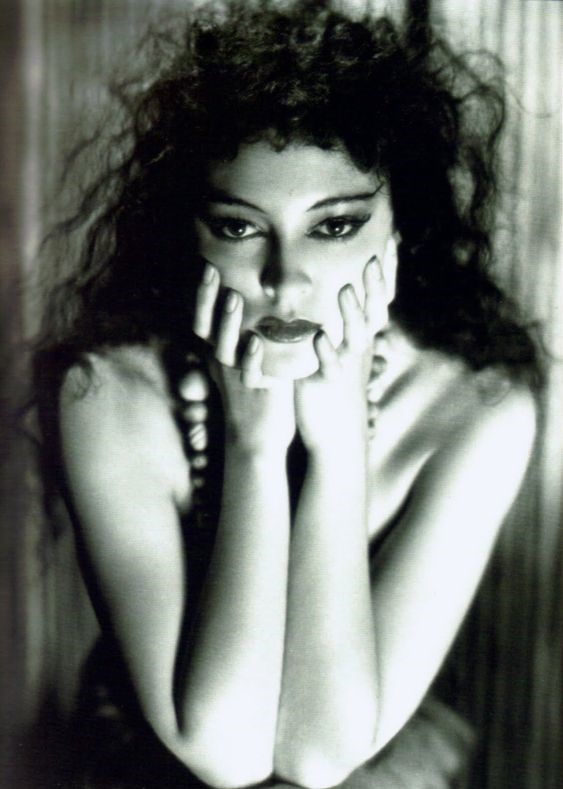
Panther Woman - Kathleen Burke
Making her debut in The Island of Lost Souls (1932), Kathleen Burke played the very sultry and sexy Lota, in another HG well adaptations. Lota has been bred from panthers, though the only indications are her long claw-like nails and upturned eyebrows. Kathleen was a dental nurse and discovered at the age of 19 - though she does look older than that to me - by the film maker at a talent contest. She retired from film-making at the young age of just 25....what a shame!
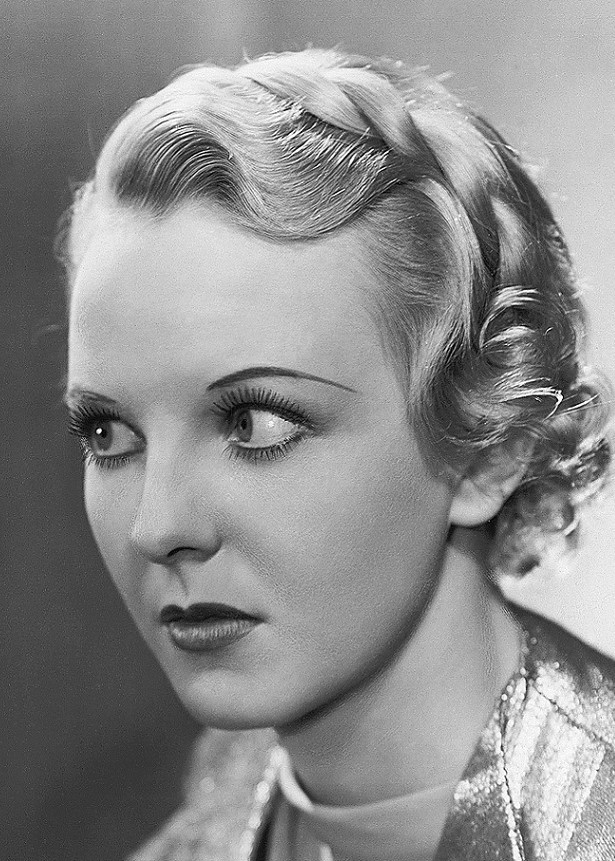
Dr Clare Wyatt - Anna Lee
The Man who Changed his Mind (1936) went to great lengths to seduce his talented co-worker Dr Clare Wyatt, Played by Anna Lee. He puts his mind in another, younger, man only to find he can't change his habits. Clare doesn't fall for it, of course.
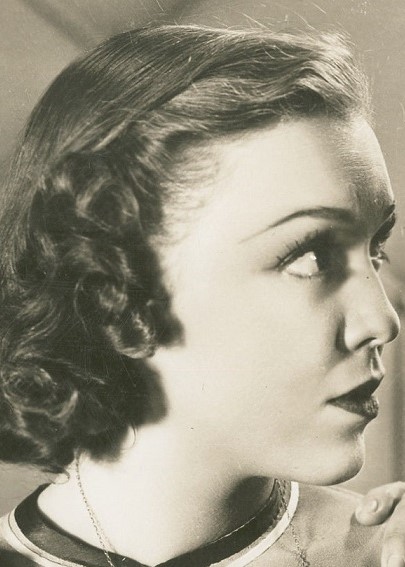
Margot Albert Maria Lost Horizon
Now I am a sucker for the Latino type, so its only proper that we have one in at this early stage. Maria from Lost Horizon (1937) fits the bill. The film made science fiction qualification based on the discovery of Shangri-La. Played by Mexican Margo Albert (Nee María Marguerita Guadalupe Teresa Estela Bolado!), Maria was an inhabitant of Shangri-La, but aged quickly and died when she left, having returned to her "real" age - what a shame!
The Flash Gordon and Buck Rogers serials
The cinema serial, although around in the silent era, remained popular until the mid-1950s, but it was from the 1930s that serious consideration was given to science fiction. The cinema serial was akin to the now-common TV serial although you had to visit the cinema to watch it. They were usually weekly 20-30 minute chapters, each ending with a cliffhanger, compelling viwers to return the following week, and were very popular with children on a Saturday matinee.
Flash Fordon's sidekick, Dale Arden, was described as "beautiful, independent and capable. In most circumstances, Dale is well able to take care of herself and is an ideal companion for the adventuring Flash. Which is not to say that she is unfeminine." Dale was lusted after by Ming the Merciless, as well as thousands of cinema goers, with her long blonde hair and revealing costumes. Princess Aura was the daughter of Ming and had a crush on the handsome Flash, and just a bit of jealousy towards Dale.
Buck Rogers' sidekick was the more convincing character, being somewhat more assertive, adventurous and heroic than Dale. Wilma Deering was played by Constance Moore and was the only female character in the serial. We'll be seeing more of these characters later...
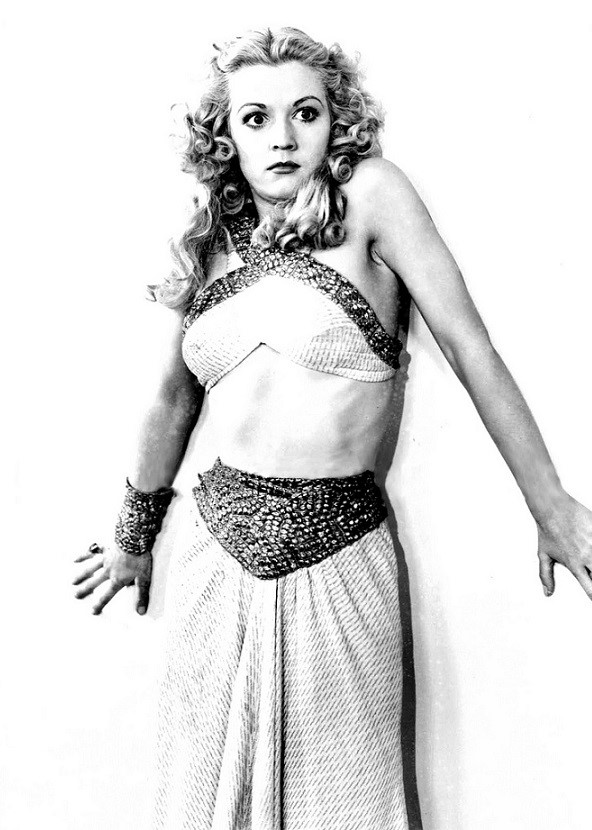
Jean Rogers - Dale Arden
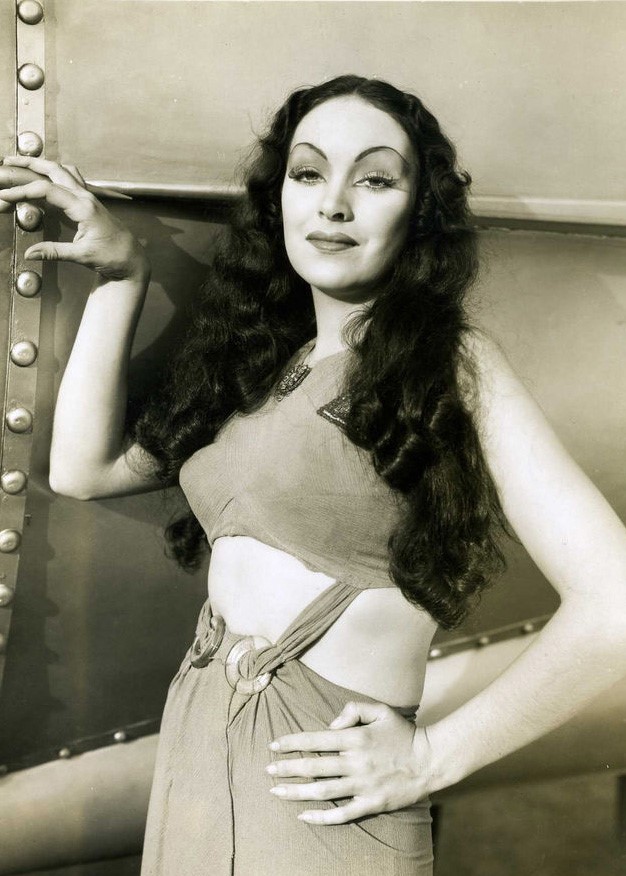
Aura - Priscilla Lawson
.
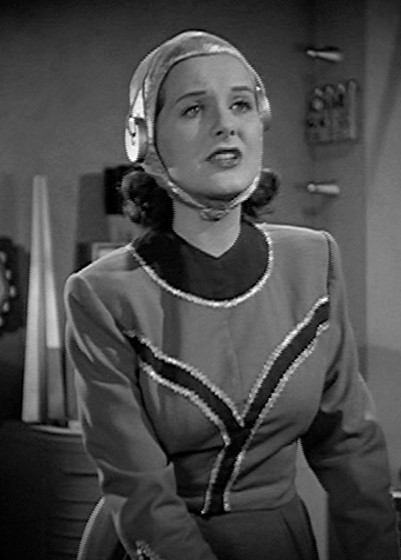
Wilma Deering - Constance Moore
.
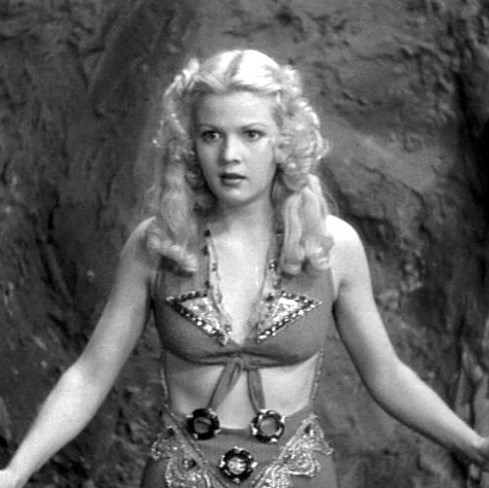 The 1930s
The 1930s
The 1930s represents the start of my catalogue by decade. There is very limited material here, but historically the 1930s is very important, as it brought mass sex appeal to the world in the shape of female side-kicks to the heros of science fiction comics, Flash Gordon and Buck Rogers.
Other Posts
-
 The Batman Question
The Batman Question
Is Batman science fiction? -
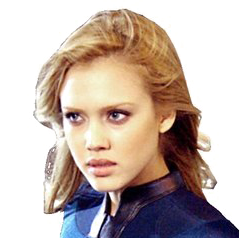 Is jessica Alba a sci-fi babe?
Is jessica Alba a sci-fi babe?
Why I think she isn't -
 A brief history of scifi babes
A brief history of scifi babes
Who was the first scifi babe? -
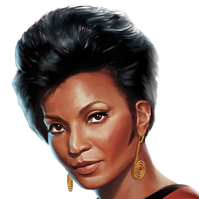 The Women of Star Trek
The Women of Star Trek
To boldly go... -
 The Women of Marvel and DC
The Women of Marvel and DC
A comic inspiration -
 Dr Who companions
Dr Who companions
Well, at least the female ones -
 The story of Barbarella
The story of Barbarella
My view on a classic -
 Resident Evil
Resident Evil
Alice et al